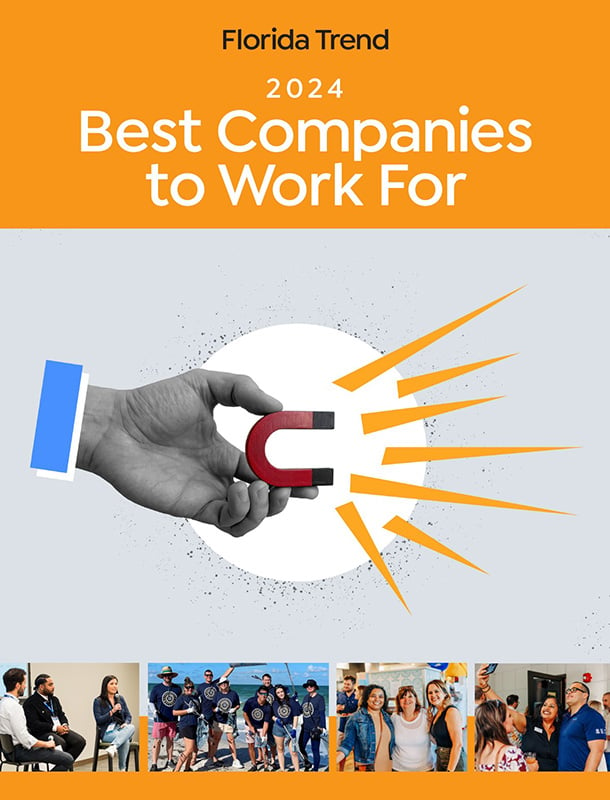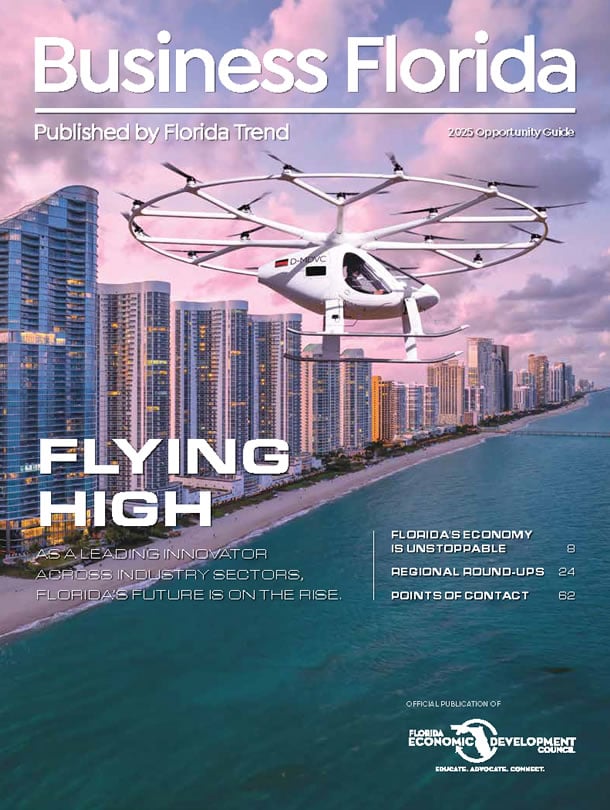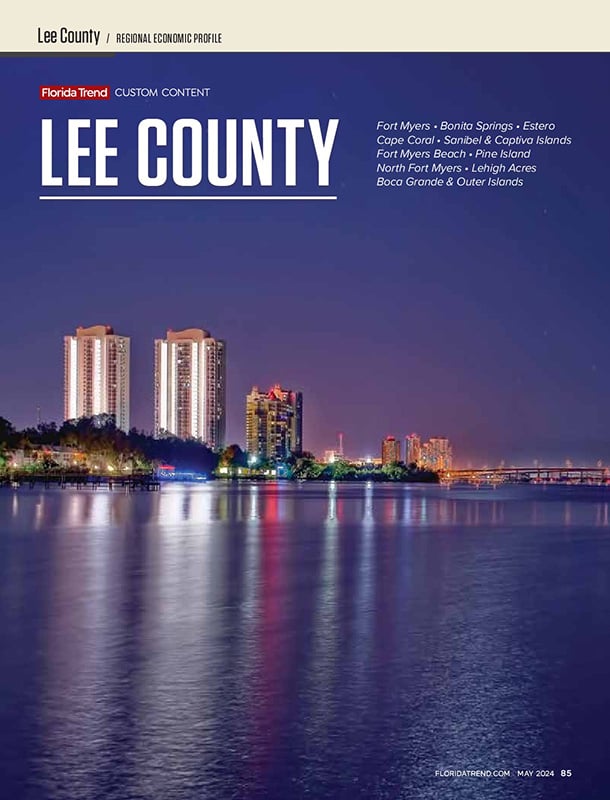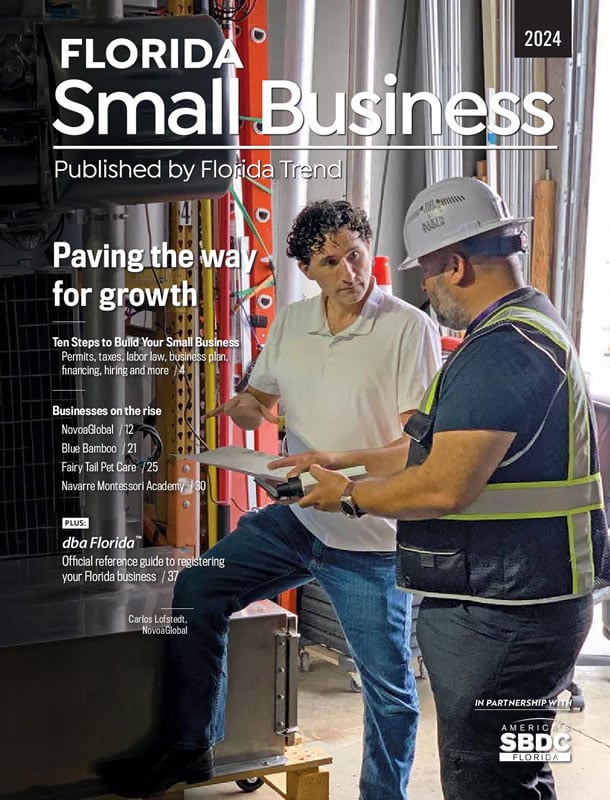 A Gypsy Vanner stallion pulls a trap at the Winter Hill Driving Center |
There is a special breed of horse people — from hard-working ranch folk to well-to-do fanciers — who travel the dirt roads of Old Florida under live oaks dripping with Spanish moss. In the equestrian sphere, they're called "drivers" rather than riders, guiding a fleet that includes anything with two or four wheels — pony carts, gypsy vans, farm wagons, buckboards, sulkies, surreys and hansom cabs.
Favoring the rural roads and forest trails throughout the Ocala area and beyond, they ride most often accompanied by no more than the clop-clop of a well-trained team and the clatter of wagon wheels, the slap of leather and the snap of a coachman's whip.
Their horses range from ponies to hefty draft animals, arrayed singly or in teams of two and four. The animals pull not for profit or out of necessity, but for the challenge to their drivers, who enjoy competition along with leisure. Almost every weekend in the winter and spring drivers compete in dressage, obstacle courses and marathons across the state — as with riding, Florida is a major center for drivers.
Of course, where there are horses, as in the Ocala grasslands or polo-mad Palm Beach, there are also carriages — and bridle makers, tack shops, carriage makers, sellers of antique wagons and people who import finely crafted rigs from carriage works in Poland.
Even more ranches and stables open their property to train horses and drivers. Driving, you see, is a much more involved affair than harnessing up animals, sitting on a bench and pulling reins. Training takes time because "it's so dangerous," says Brenda Giles, who offers lessons at Winter Hill Driving Center in Levy County with her husband, Bob, a renowned driving coach and World Cup competitor. Drivers are several seconds removed from the horse's reactions, and if a horse spooks, the driver can be run over or entangled and dragged, not just thrown. "It's like riding a horse by remote control," she says. "You don't have your legs or your seat to control the horse, just your hands and voice."
Fine driving can also take a larger purse than simple riding. While you can drive one horse, the excitement comes with a pair or more trained and matched.
Carriages start at a few hundred dollars for simple pony carts and run into thousands for vintage landaus and coaches — not to mention Victorian or Western costumes plus trailers.
?
Carriage History
 The Florida Carriage Museum boasts a 19th-century carriage that carried Emperor Franz Joseph. |
More than 150 carriages have been collected at the Florida Carriage Museum in Weirsdale (in Marion County, near the Villages), a little-known attraction that's one of the world's largest. The star exhibit is a priceless Austrian carriage, regal and gilded. Gloria Austin, horsewoman, historian and former New York head of Paychex, started the museum 15 years ago. She has driven four-in-hand at Windsor Castle and wants to honor "our 6,000 years with the horse." It is part of a 400-acre park called Grand Oaks, with trails, rings, stables and gardens for driving and teaching horses and drivers. It boasts "bed and barn" accommodations for equestrians and their horses while training. You can learn on your horses or theirs.












